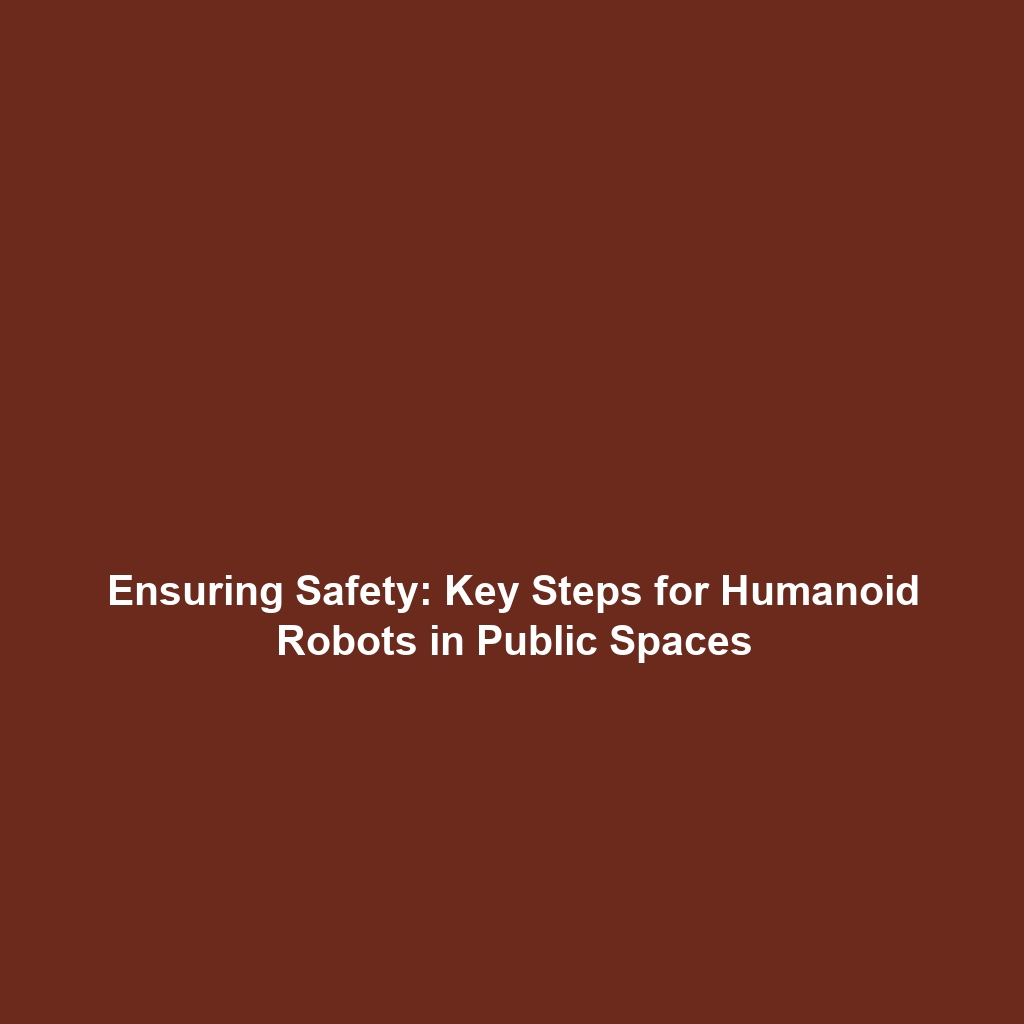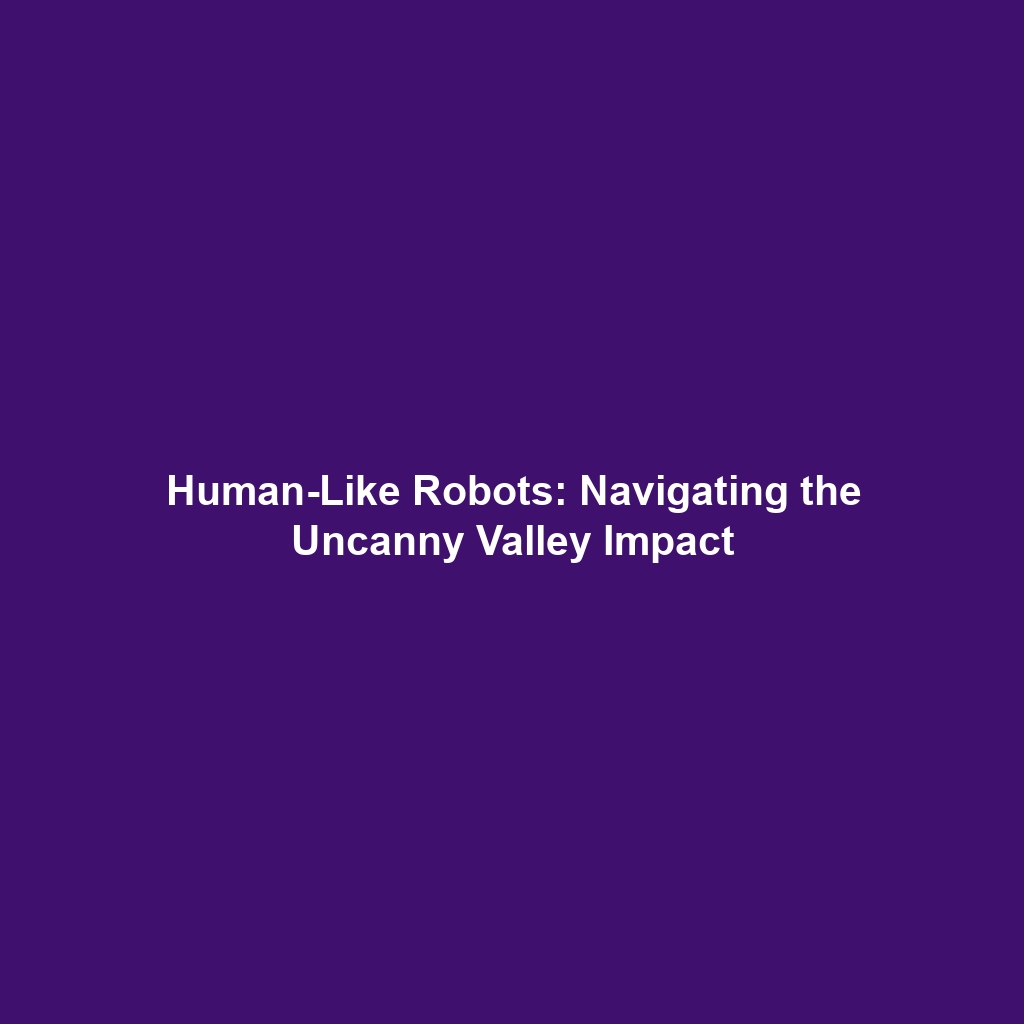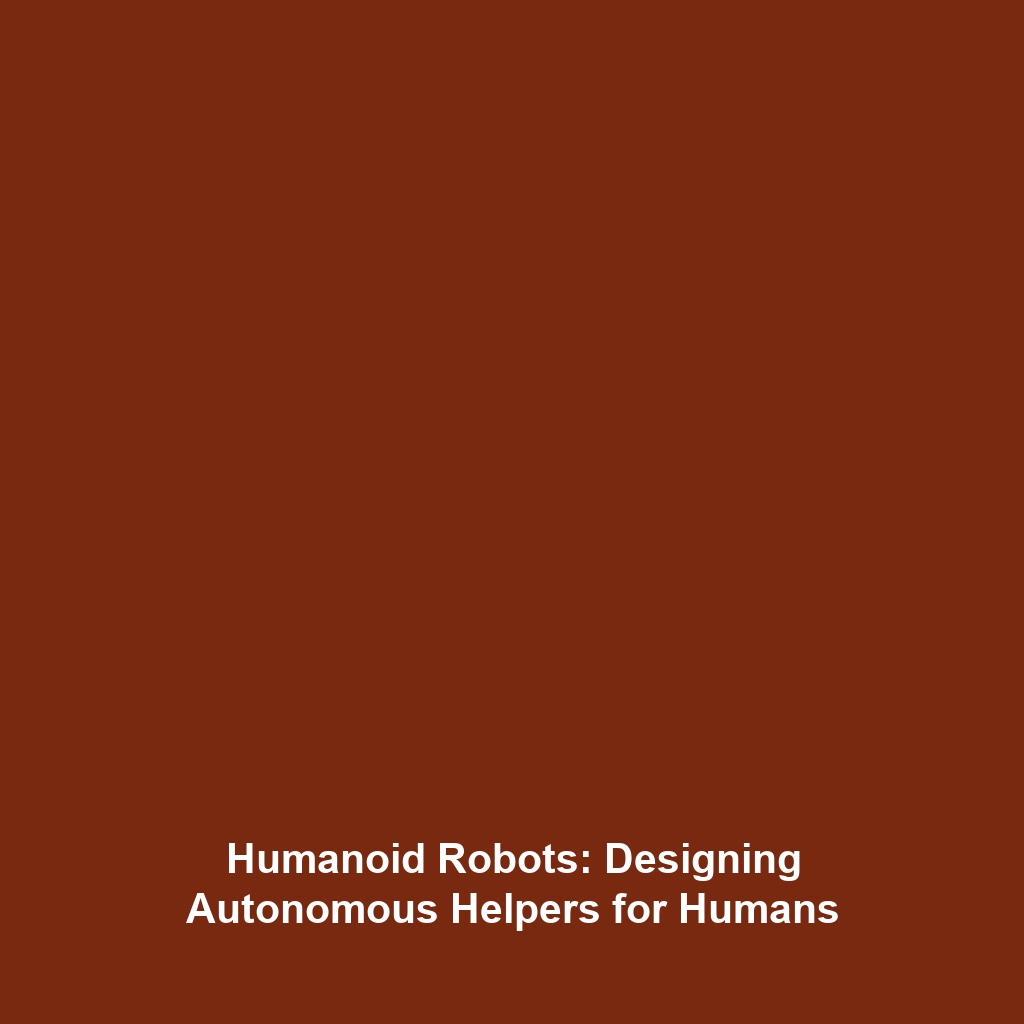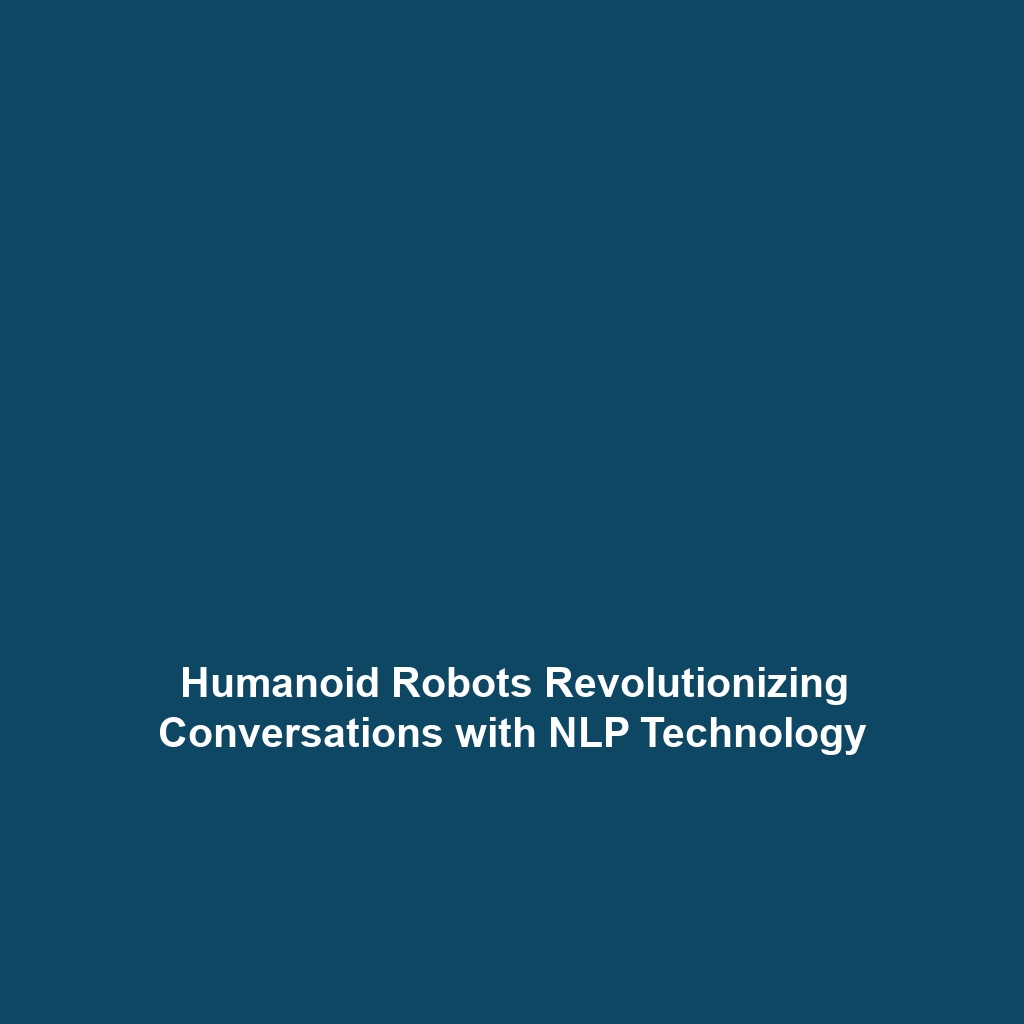Use of SoftBank’s Pepper Robots in Retail and Hospitality
Introduction: The integration of humanoid robots, such as SoftBank’s Pepper, into retail and hospitality environments marks a transformative shift in customer service. These interactive robots are designed not only to greet customers but also to enhance their overall experience through assistance and engagement. As retailers and hospitality businesses seek innovative solutions to meet evolving consumer expectations, Pepper exemplifies the potential of humanoid robots in redefining service delivery. This article delves into the significance of using robots like Pepper in customer-facing roles and their implications for the future of customer interaction.
Key Concepts
The adoption of humanoid robots like Pepper in retail and hospitality environments raises several key concepts that illustrate their functionality and effectiveness:
- Social Interaction: Humanoid robots are engineered to engage customers through conversational interfaces, making them feel more comfortable and valued.
- Data Collection: Robots like Pepper can gather data on customer preferences, which helps organizations tailor their offerings more effectively.
- Enhancing Customer Experience: By providing information and assistance, Pepper contributes to a smoother shopping or dining experience, increasing customer satisfaction.
Applications and Real-World Uses
SoftBank’s Pepper robot finds numerous applications in retail and hospitality settings:
- Customer Greeting: Businesses utilize Pepper to welcome guests, providing a memorable first impression.
- Information Desk: In hotels, Pepper serves as an interactive concierge, providing guests with information about amenities and local attractions.
- Product Recommendations: In retail stores, Pepper can suggest products based on customer inquiries and preferences, enhancing the shopping experience.
The application of robots like Pepper significantly reshapes how businesses engage with their customers, demonstrating the practical uses of humanoid robots in enhancing service delivery.
Current Challenges
Despite their advantages, the implementation of robots like SoftBank’s Pepper faces several challenges:
- Technical Limitations: Current AI may struggle with complex conversations, limiting engagement depth.
- Acceptance of Technology: Some customers may be hesitant to interact with robots, preferring human contact.
- High Initial Investment: The cost of acquiring and maintaining humanoid robots can be a barrier for small businesses.
Future Research and Innovations
Looking ahead, several innovations are anticipated in the realm of humanoid robots like Pepper:
- Advanced AI Development: Future iterations of Pepper are likely to incorporate more sophisticated AI, allowing for deeper interactions.
- Integration with Smart Technology: Future robots may connect with various smart devices, creating a seamless customer service experience.
- Enhanced Emotional Intelligence: Research continues on equipping humanoid robots with better emotional recognition to improve customer relations.
Conclusion
SoftBank’s Pepper exemplifies the promising future of humanoid robots in retail and hospitality environments. By greeting and assisting customers, Pepper enhances customer service while offering insights into consumer behavior. As technology progresses, the role of such robots will likely expand, driving further innovations in how businesses engage with their clientele. To explore more about the impact of robotics on industries, check our articles on robotics in business and the future of automation in hospitality.









